Having a garden is a dream that most of us dream of having but not all of us know how to take care of a garden and what goes into taking care of one. Most of us don’t even know about mulch when in my eyes, it is one of the essential things that most people don’t know they need.
Mulch is not only good for weed suppression, but it also allows your plants to retain water and gives them an upper hand and an advantage to grow up properly. So, without further ado, let’s learn more about mulch and the different types of mulch currently on the market.
Types of mulch
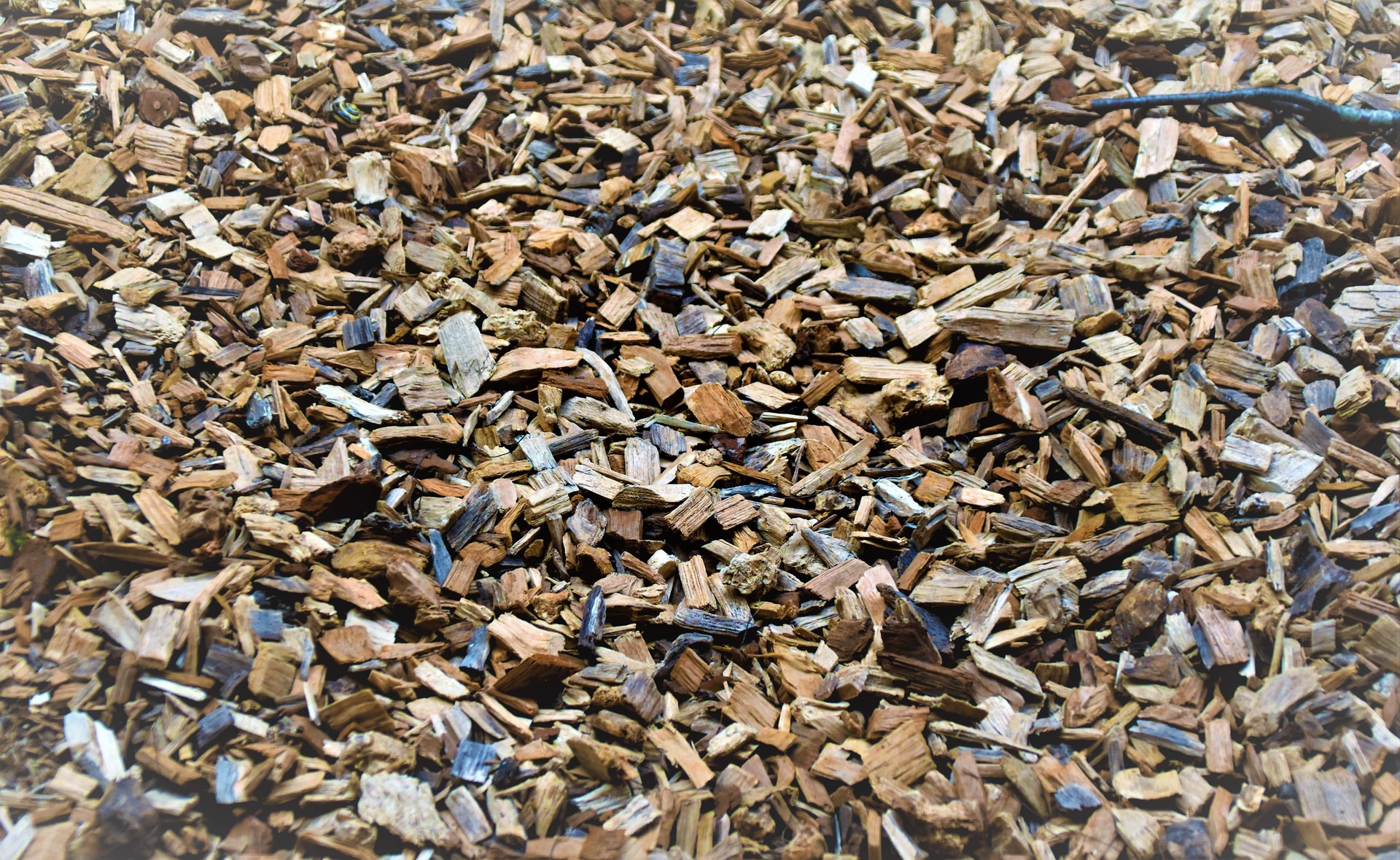
Mulch isn’t just there for aesthetic purposes ad they are great for your garden as they hold in moisture, and others help keep your soil healthy. In general, mulch is any type of material that one would use above the soil for landscaping.
It is important for you to know that the type of mulch that you need will depend on your soil and what you are trying to achieve with your garden. So, in order to know what type of mulch will best fit your needs, let’s look into some of the most popular types of mulch currently on the market:
1. Bark Mulch
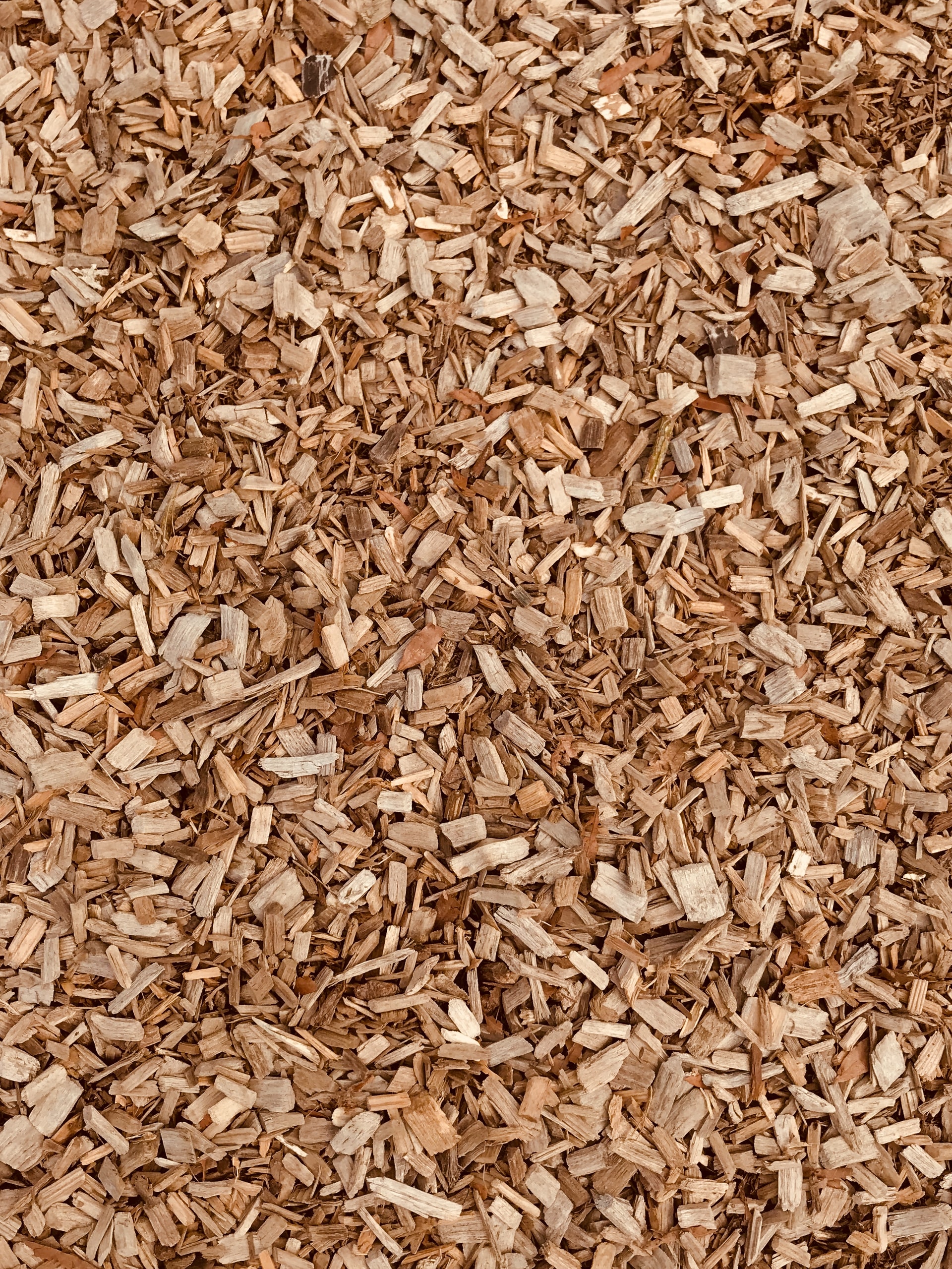
As its name implies, this type of mulch comes from the bark of trees, most from barks that have been harvested from conifers like firs and pines. As anyone with a garden, most of them will agree that bark mulch is very aesthetically pleasing, and the large chips of barks are quite a sight for our eyes.
Bark mulch doesn’t allow moisture to evaporate, and as it ages, it becomes nutrients for the soil, and this is a win-win situation if you ask me. You can get your bark mulch in either shredded or chip format. This depends on the aesthetic or vibe you are going for.
The advantages of going for bark mulch are that it looks nice, lasts for years, converses water, and decomposes into nutrients; however, there are also some disadvantages, like it is fragile, prone to splintering, and doesn’t always stay in place.
2. Hemlock Mulch
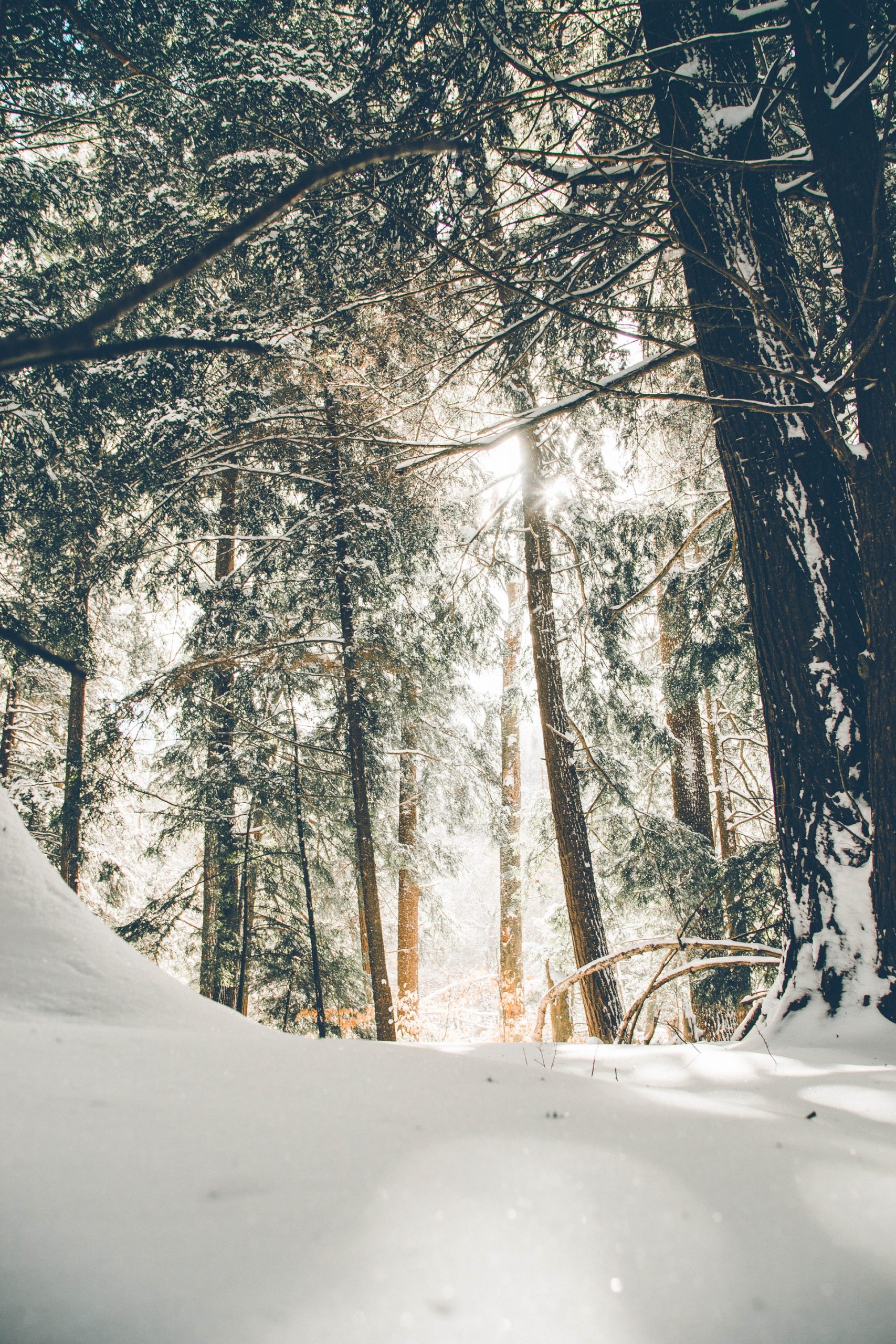
Before we start, we know that hemlock trees have a bad rep, and many people believe that using hemlock bark or their wood can be dangerous. Sure, hemlock is poisonous, but hemlock trees aren’t poisonous at all. This stigma really does this tree a disservice because hemlock mulch is fantastic, especially hardwood hemlock mulch.
Hemlock mulch carries the same benefits as other hardwood mulch but has a special quality that lets them edge their competitors when choosing a type of mulch. The tannin that hemlock naturally contains can repel bugs, and this prevents them from digging in your soil and feeding on your future harvest.
In my book, it is also very aesthetically pleasing. The cons of hemlock mulch are that it has a short lifetime and is a good food source for termites, but its main advantage is that it repels bugs and pests.
3. Rubber Mulch
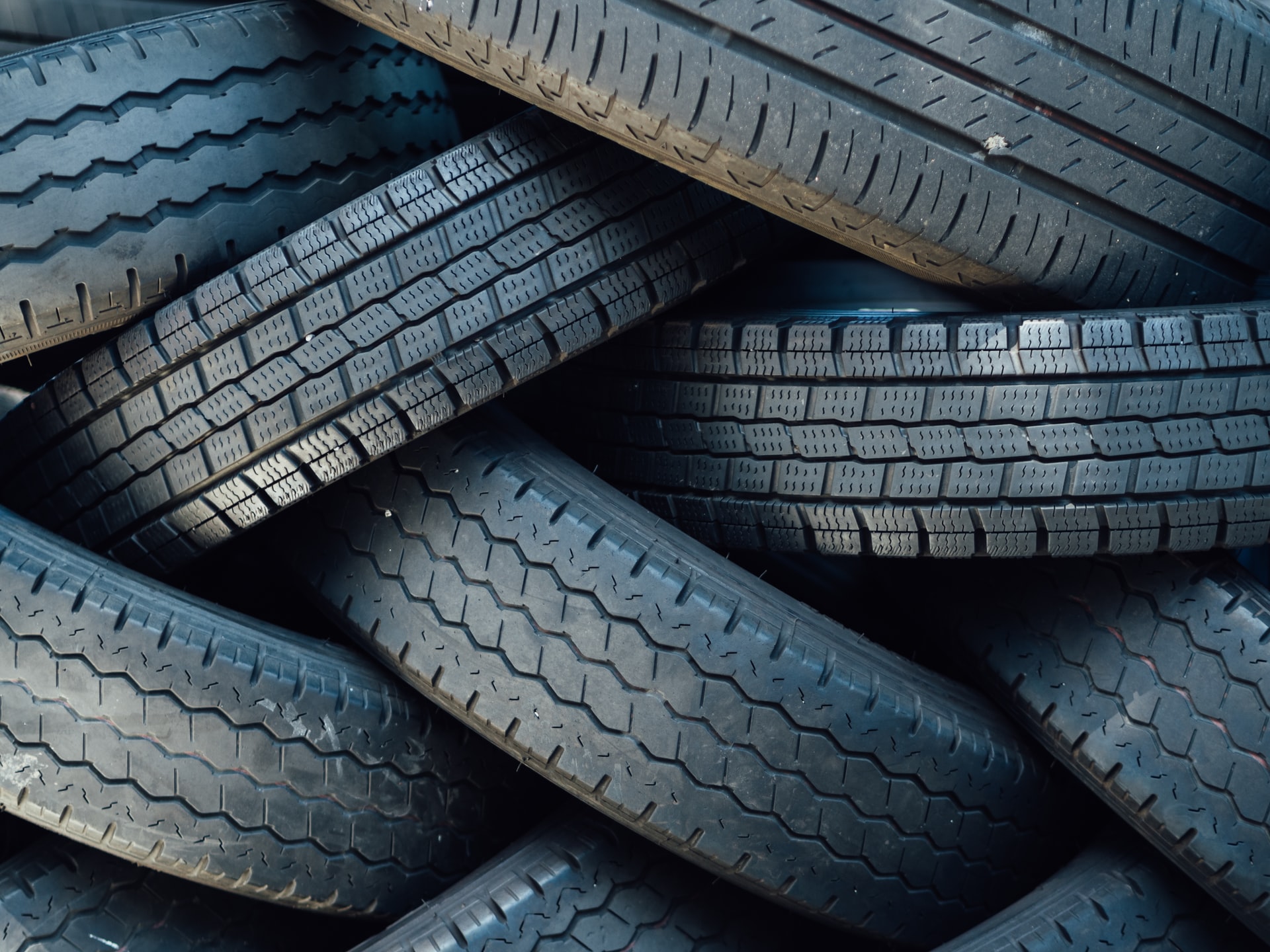
This is a good way for you to recycle plastic and rubber and is at times considered the best mulch to use as outdoor flooring materials. It is a form of rubber that comes from tires that have either been chopped into rubber or nuggets. They are usually shaved from semi-trucks before they are retreaded, and this is called buffings.
Rubber isn’t necessarily organic, but it serves an organic purpose in the long run. Rubber mulch has some pretty unique qualities that you can’t have with other mulch. It insulates the soil from heat and is akin to wood mulches. It is a non-porous material, and for us non-gardeners out there, they are a great and suitable material for playgrounds. It is also safer for kids; thanks to the elasticity of the rubber, it can break the fall of your child.
Some cons of the rubber mulch are that it doesn’t enrich the soil, can contain chemicals. But for me, the pros trump the cons when it comes to rubber mulch, and some of its advantages are that there is no water loss, it has good insulation, high elasticity. Slow the growth of weed and can last for about 10 years
4. Leaf Mulch
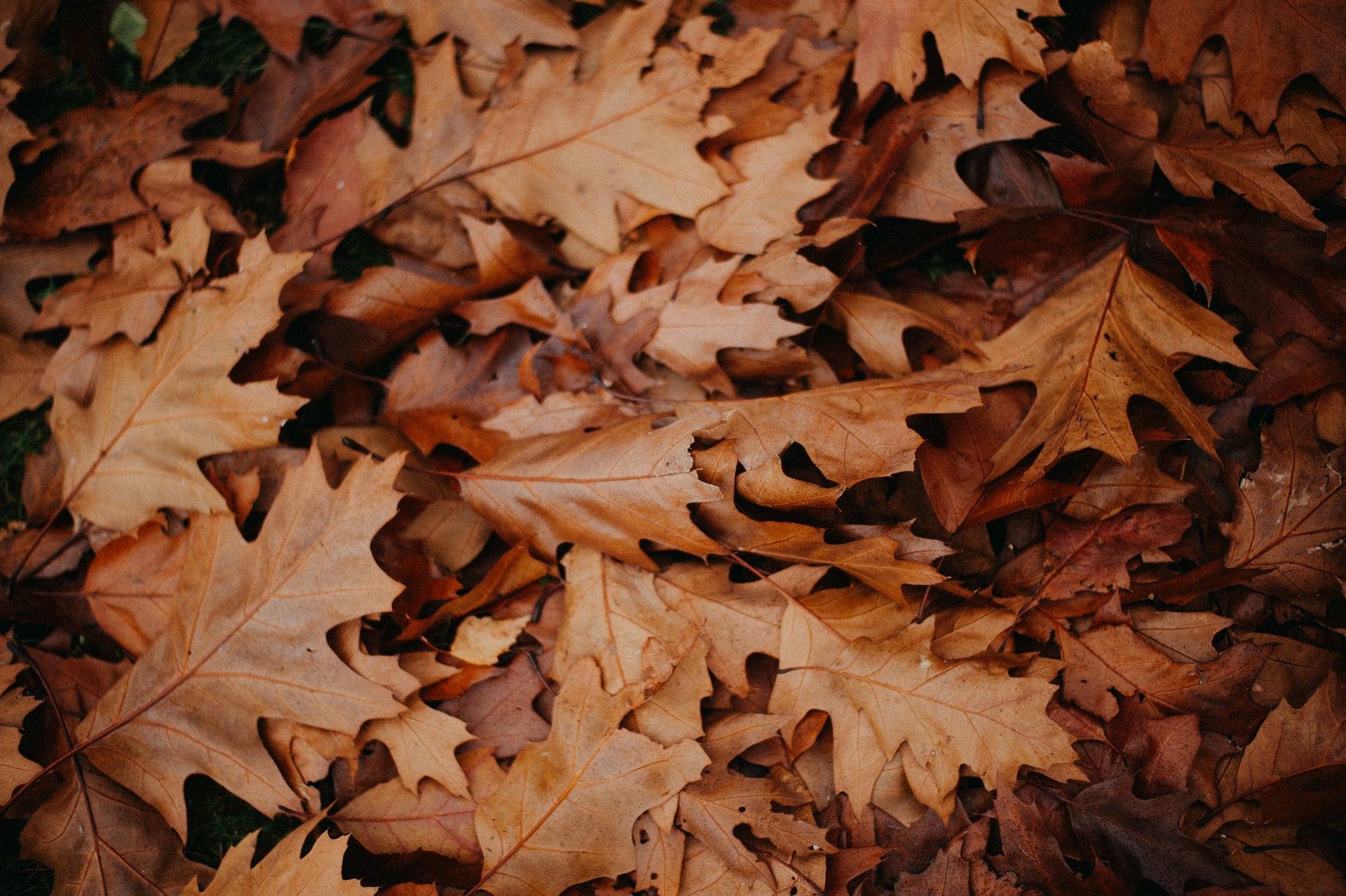
This is actually a possibility and not a bad idea if you think about it. Using fallen leaves as mulch is cost-effective as it doesn’t cost you anyone as you can use the leaves that you’ve raked as mulch, and it doesn’t take a lot of work.
However, it is not as simple as just raking the leaves and using them as mulch; after you’ve raked your leaves, you have to shred them; this can be done with a leaf blower that has a vacuum function, a shredder, or even a mulching lawnmower. It is important for you to remember a too thick layer of leaves could have a negative effect on the soil and might even allow the growth of unwanted fungus.
Pros of using leaf mulch are that it is free, keeps moisture in, and decomposes into materials, while the cons for this specific type of mulch are that they need to be shredded, can keep too much moisture, and can even block too much air and water.
With over 4 decades of experience in the building and supply industry, Lakeside Pakenham & Narre Warren Garden and Building Supplies have been making over gardens all over Melbourne. Contact them now for all your gardening needs, and they can give you the backyard and garden of your dreams. Why wait? You can have the garden that you always dreamt of with the help of Lakeside Pakenham & Narre Warren Garden and Building Supplies’ team of professionals.
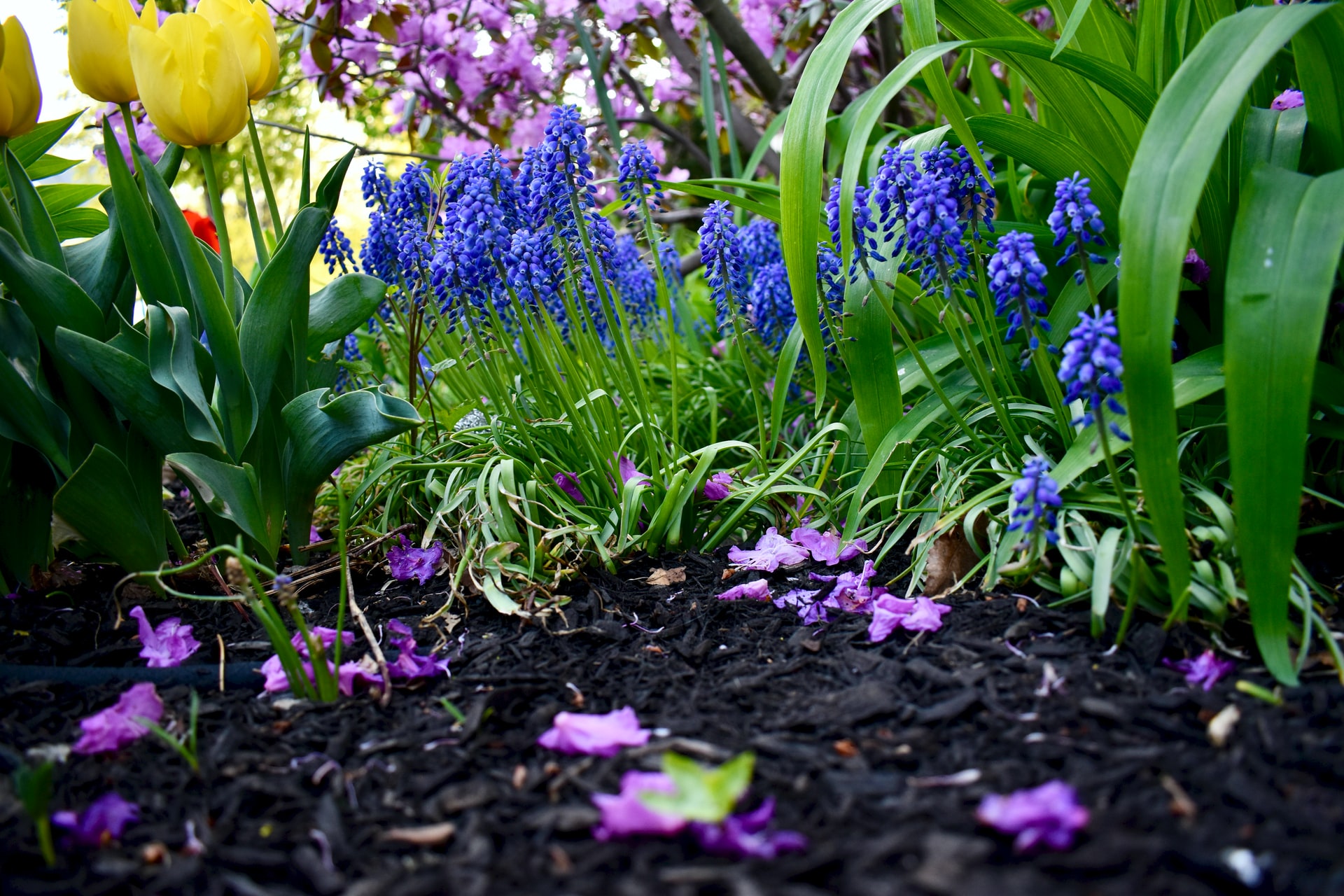
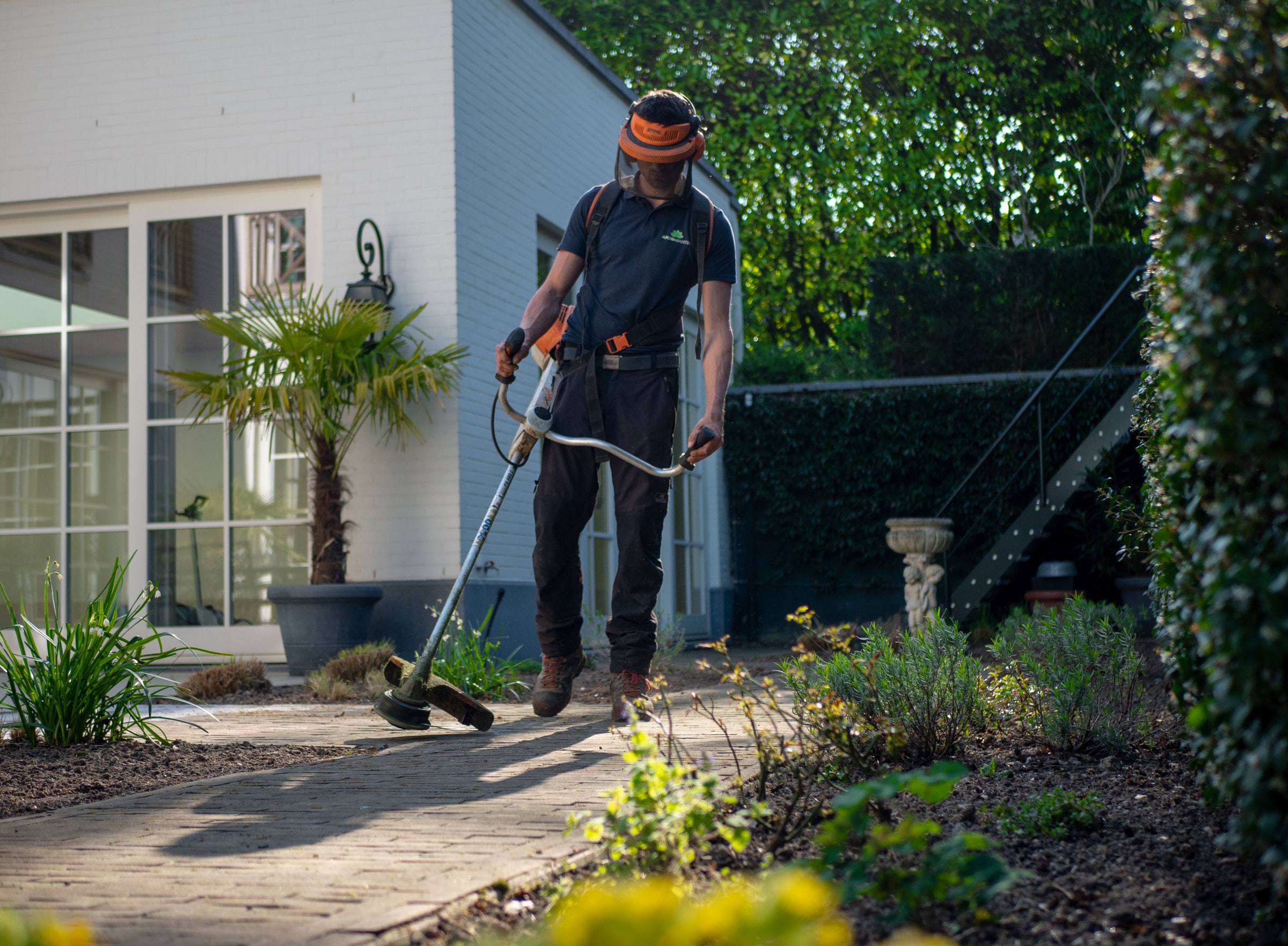

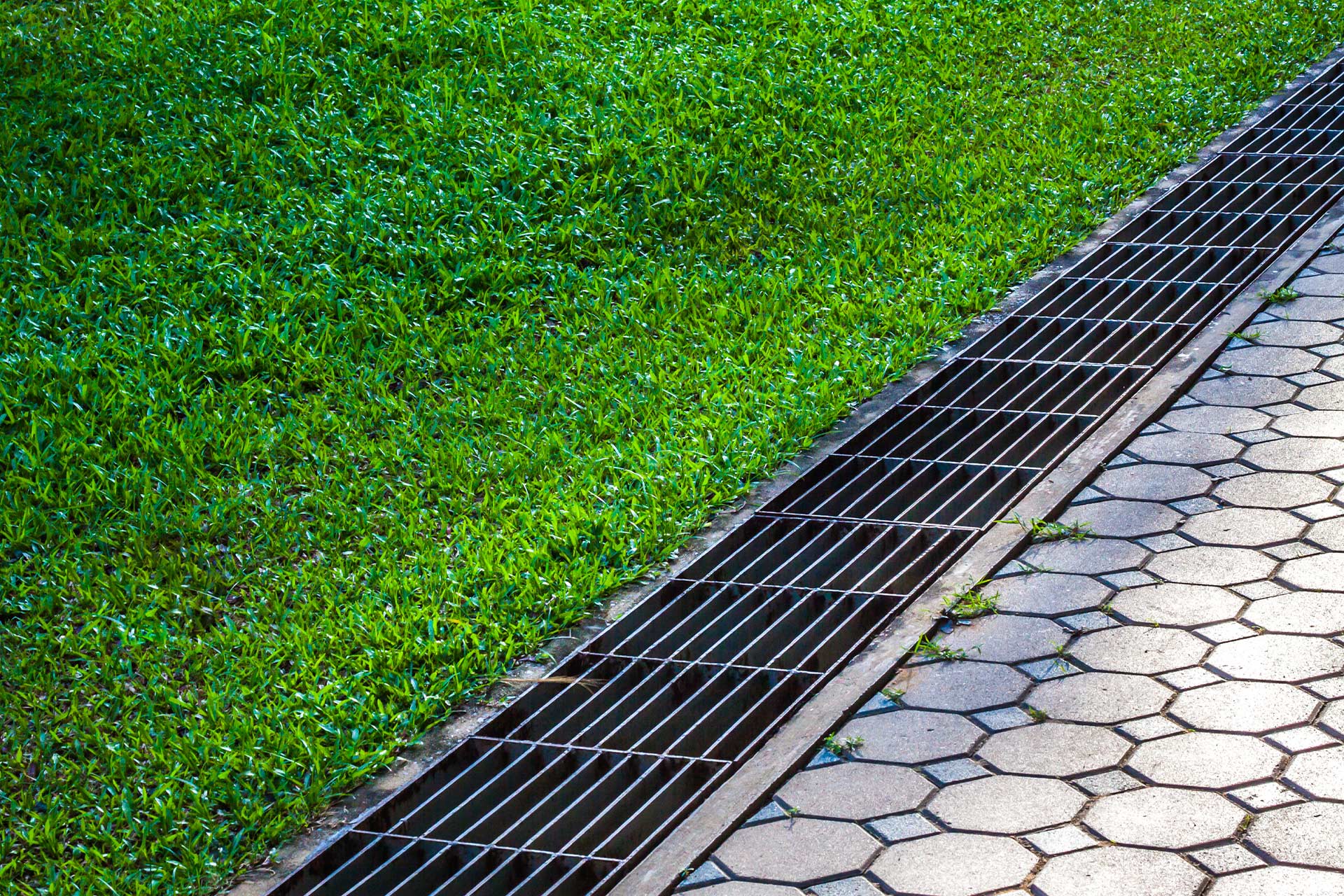
I find it fascinating that mulch can help protect your garden from weather elements while repelling pests! My uncle wants to create a Japanese-themed garden as a part of his home renovation plan. Maybe we should look around for a landscape design supplier that can use this for his needs.